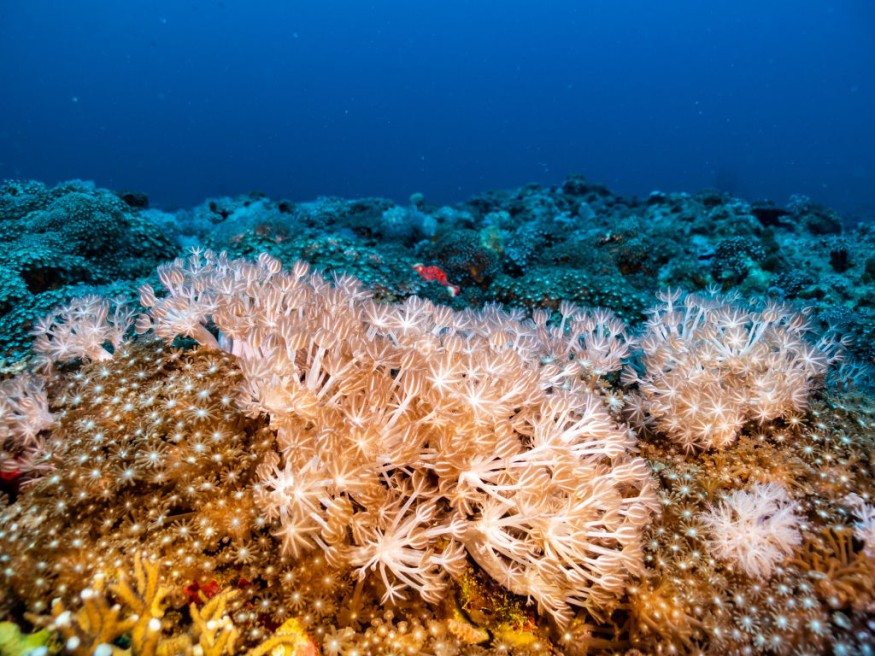A recent study found rare fossils of rocks that would help understand the evolution of deep-sea species, significantly 130 million years ago.
Researchers have been studying different fossils, from land to sea, to understand better the Earth's oldest species. Fossils can help to decipher the history and behavior of the early ancestors of many animals, especially how they managed to adapt to extreme temperatures.
The deep sea has been unexplored due to the difficulties and needed equipment to unravel unknown species. The deep sea sediments could house ancient fossils and remains.
24% of the seafloor has been mapped, report showed. In addition, 700,000 to 1 million species could be found in the ocean.
Early Deep-Sea activities

Based on a study published in Proceedings of the National Academy of Sciences (PNAS), researchers discovered rare fossils of fossils that could show the ancient bottom-living vertebrates found in the deep portion of oceans.
Early fish-feeding traces were unearthed that could suggest the Lower Cretaceous time. According to the study's lead, Andrea Baucon, the latest fossils presented fish activity during the dinosaur time sea-floor.
Baucon is from the University of Genova in Italy. The study's lead also discovered fish fossils in parts of Livorno, Northwest Apennines and Modna.
The report highlighted the lack of fossils of deep-sea species older than 50 million years. The recent findings will help researchers understand the early species evolution and habitat transitions.
The new fossils are considered rare, dating back 130 million years ago. The researchers explained that the fish in the deep-sea in the Tethys Ocean suffered from challenging to extreme conditions.
With the changing environment, the fish fossils adapted to their environments to survive and thrive, showing the possible evolution of vertebrates.
They underwent habitat transitions to the oceans to find possible food sources. The researchers noted that the fish species could likely scratch the ocean floor to look for potential prey.
Also Read : New Spine Fossils Can Help Decipher Deep-Sea Activities, Evolution 104 Million Years Ago
40,000 spine fragments of irregular echinoids (sea urchins)
According to PLOS ONE, the study discovered rare fossils of spines of irregular echinoids (sea urchins) that could date back 104 million years ago.
The international researchers are from the following:
- Museum für Naturkunde Berlin
- University of Heidelberg
- University of Göttingen.
The 40,000 spine fragments are also helpful to understand better the early behavior of aquatic animals in the deep sea during the early Cretaceous period.
The researchers also noted the morphological changes found in the spines. The smaller species could likely survive more during their time, easily evading possible predators. Their appearance could also likely be due to high competition in the deep sea
Furthermore, the fossils could undergo evolution during their time.
Related Article : Unique Strawberry Feather Star: New Aquatic Species Has 20 Arms Discovered in Antarctica
For more similar stories, don't forget to follow Nature World News.
© 2025 NatureWorldNews.com All rights reserved. Do not reproduce without permission.





